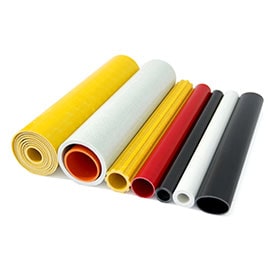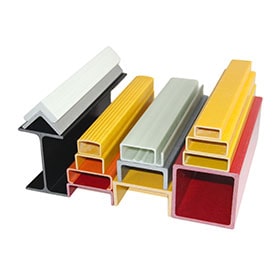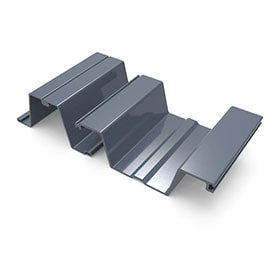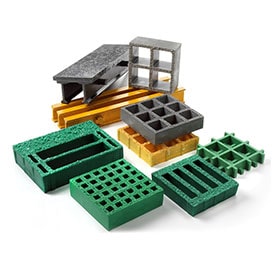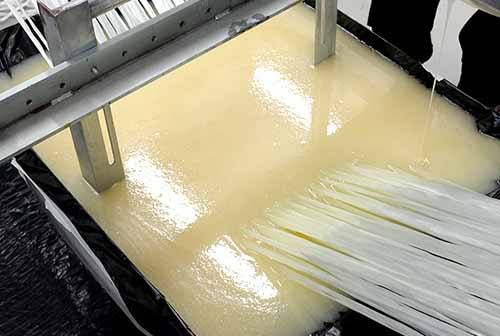
FRP resin is a composite material used to make FRP. It is composed of synthetic resin and glass fiber and other reinforcing materials. It has the advantages of light weight, high strength, corrosion resistance, good electrical properties, and good designability.
FRP resins are mainly divided into two categories: thermoplastic resins and thermosetting resins.
Thermoplastic resins are resins that soften when heated and harden when cooled, and are characterized by good processability, reusability, and recyclability, but have low heat resistance, chemical resistance, and mechanical strength . Commonly used thermoplastic resins include nylon, ABS, polystyrene and the like.
Thermosetting resin is a resin that is cured by an irreversible chemical reaction when heated. It has the characteristics of high heat resistance, good chemical resistance, and high mechanical strength, but it has disadvantages such as poor processability, non-reusable, and difficult to recycle. Commonly used thermosetting resins include epoxy resins, phenolic resins, unsaturated polyester resins, epoxy-modified vinyl resins, and the like.
Different types of FRP resins have different characteristics and application fields, such as:
Epoxy resins are mainly used in corrosion-resistant and high-strength fields, such as aerospace.
Phenolic resins are mainly used in anti-corrosion fields, such as chemical equipment.
Unsaturated polyester resin is the most used resin because of its wide source of raw materials, cheap price, simple molding process and low production cost. Unsaturated polyester resins are available in general-purpose, heat-resistant, flame-retardant, water-resistant, and corrosion-resistant varieties, which can meet different application requirements.
Epoxy-modified vinyl resin is a new type of FRP resin, which has the dual advantages of epoxy resin and vinyl resin, namely high heat resistance, low water absorption, and flexibility after curing
 +86 15303735673
+86 15303735673 Jessica@frpzs.com
Jessica@frpzs.com
 Technical Data
Technical Data


